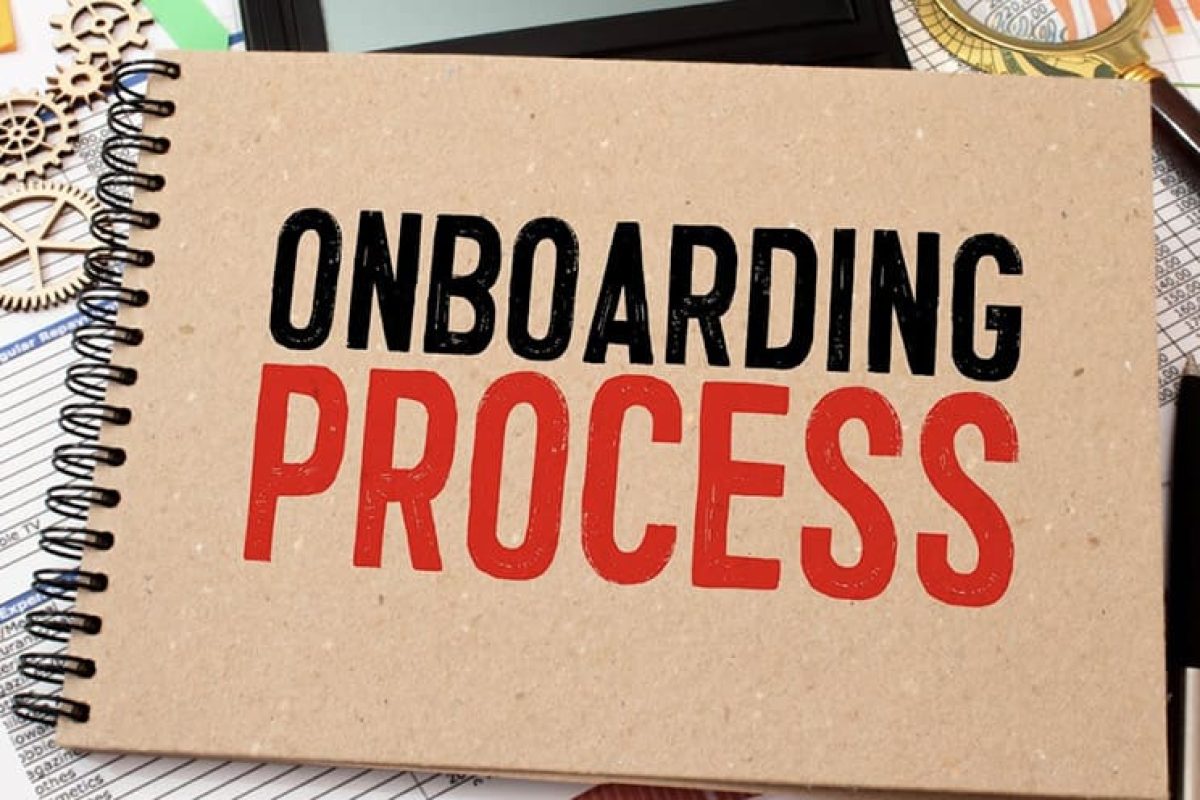As an employer expanding into Japan, it’s essential to comply with local labor laws and ensure smooth onboarding by preparing the correct documentation. This guide outlines the key steps and documents required for onboarding employees in Japan.
Onboarding Process: Step-by-Step Explanation
Step 1: Job Offer and Acceptance 📩
Trigger: After selecting the ideal candidate.
Action: Extend a detailed job offer, including:
- Job Title: Clearly specify the position the employee is being hired for.
- Compensation: State the salary or hourly pay rate.
- Start Date: Specify the expected commencement date.
- Working Hours: Generally, 40 hours per week, with overtime provisions.
- Benefits Overview: Outline primary benefits, including health insurance, retirement plans, and other applicable perks.
- Probation Period: Typically between 3 to 6 months.
Outcome: Once the candidate accepts the offer, the onboarding process continues.
Step 2: Employment Contract 📝
When It’s Used: Immediately after job offer acceptance.
Action: Prepare a written employment contract to ensure legal clarity and compliance with Japanese labor laws. The contract should cover:
- Job Description: Detail the job duties and expectations.
- Compensation Details: Include salary, overtime pay, and any bonuses.
- Leave Entitlements:
- Annual Leave: Typically 10 days per year for new employees, increasing with tenure.
- Public Holidays: Japan observes several public holidays.
- Sick Leave: Sick leave is usually based on company policy or specific contracts.
- Parental Leave: Employees are entitled to parental leave in accordance with Japanese labor laws.
- Working Hours: Specify regular hours, and conditions for overtime.
- Termination Conditions: Define notice periods (usually one month) and grounds for termination.
Outcome: Both parties sign the employment contract to formalize the terms of employment.
Step 3: Tax and Social Security Registration 💰
When It’s Used: Before the employee starts working.
Action: Register the employee for social security and tax purposes:
- Social Insurance Registration: Employees must be enrolled in health insurance and pension schemes.
- Tax Identification Number: Employees must submit their My Number (a unique personal identification number in Japan).
- Employer Contributions: Employers are required to contribute to various social insurance programs, including health, pension, and unemployment insurance.
Outcome: Completion of tax and social security registration ensures accurate payroll deductions.
Step 4: Health and Safety Induction 🦺
When It’s Used: On or before the employee’s first day.
Action: Provide a health and safety induction, which is mandatory under Japanese law:
- Health and Safety Regulations: Outline emergency procedures, workplace hazards, and safety measures.
- Employee Safety Manual: Provide the manual, including role-specific safety guidelines.
- Personal Protective Equipment (PPE): Distribute necessary safety equipment if applicable.
Outcome: Ensure the employee understands safety procedures and acknowledges safety guidelines.
Step 5: Payroll and Benefits Enrollment 📊
When It’s Used: Within the first week.
Action: Set up payroll and benefits for the employee:
- Bank Details: Collect employee banking information for salary deposits.
- Benefits Enrollment: Register for applicable benefits such as health insurance, pension contributions, and other workplace perks.
- Overtime Policy: Communicate overtime rates, which are typically higher than standard pay (usually 25% or more depending on the hours worked).
Outcome: The employee is fully set up to receive timely and accurate payments and benefits.
Step 6: Workplace Policies and Training 📚
When It’s Used: Within the first month.
Action: Provide onboarding covering workplace policies and mandatory training:
- Code of Conduct: Review company policies on workplace behavior, ethics, and professionalism.
- Training Programs: Provide job-specific training as well as compliance training, including health and safety guidelines.
- Performance Metrics: Set clear performance expectations and goals for the employee.
- Flexible Work Options: Discuss available flexible working arrangements (if applicable).
Outcome: The employee is well-informed about company policies, their role, and expectations.
Step 7: Probation and Feedback Period 📅
When It’s Used: During the first 3-6 months.
Action: Monitor employee performance and provide regular feedback:
- Performance Reviews: Schedule periodic evaluations during the probation period.
- Feedback and Adjustments: Provide constructive feedback and discuss potential adjustments to job roles or expectations based on the employee’s performance.
Outcome: Confirm the employee’s status at the end of the probation period, either confirming continued employment or making adjustments.
Additional Information on Japan Employment Laws
- Labor Standards Act (LSA): Ensures employees are entitled to specific rights and benefits, including minimum wages, overtime pay, and paid leave.
- Employee Rights: Japanese labor laws protect against wrongful dismissal, discrimination, and harassment.
- Minimum Wage: Japan has a regionally variable minimum wage, set by each prefecture.
Summary Table:
| Step | Action/Details |
|---|---|
| Step 1: Job Offer & Acceptance | Job Title, Compensation, Start Date, Working Hours, Benefits Overview, Probation Period |
| Step 2: Employment Contract | Job Description, Compensation, Leave Entitlements (Annual, Sick Leave), Public Holidays, Termination Conditions, Working Hours |
| Step 3: Tax & Social Security | Registration for social insurance (health, pension), My Number (Tax ID), Employer contributions (Health, Pension) |
| Step 4: Health & Safety | Safety induction, Emergency procedures, Employee Safety Manual, PPE requirements |
| Step 5: Payroll & Benefits | Bank account details, Benefits Enrollment, Overtime pay rates (higher than regular pay) |
| Step 6: Policies & Training | Code of Conduct, Job-specific and Compliance Training, Performance Metrics, Flexible work options (if available) |
| Step 7: Probation & Feedback | Performance Reviews, Regular Check-ins, Adjustments to role if needed |
How GlobainePEO Can Help with Onboarding in Japan🌐
GlobainePEO specializes in managing all aspects of employee onboarding in Japan, from drafting compliant contracts to ensuring social security registration and legal work permits. Partnering with GlobainePEO ensures smooth onboarding while you focus on growing your business.

